The Role of Battery Energy Storage in Meeting AI Demand
As AI-driven electricity demand surges, battery storage systems are emerging as a key solution. These systems not only provide critical support to data center operations but also play an innovative role in enhancing the resilience and efficiency of the broader electricity grid. As detailed in more depth within Fluence’s whitepaper, here are three use cases that highlight how energy storage is ideally positioned to drive the AI revolution:
1. On-Site Energy Solutions
Battery storage can be deployed at or near data centers, typically referred to as “behind the meter”, but can still be done so at utility scale, providing reliable, low-emission power. Energy storage can form part of a microgrid solution or with a generation source that significantly reduces the maximum energy capacity required from the grid. This allows new proposed data centers to receive interconnection approval in a faster and less costly manner. In markets with a large number of data centers, utilizing battery energy storage to reduce the grid capacity needs can be one of the most valuable tools for new data center development.
Storage systems are also increasingly replacing diesel generators in backup applications. Gensets are costly to operate and emissions intensive. In backup applications, battery storage enables advanced functions like grid-forming and black start, allowing data centers to operate independently during grid outages.
Fluence’s 2.75 MW battery system at Google’s St. Ghislain data center in Belgium is an example of this application—it was Google’s first zero-emission backup solution. The system provides backup power during outages and has been integrated into a virtual power plant, allowing it to participate in ancillary services markets to enhance grid reliability. Deploying on-site storage can significantly reduce a data center’s carbon footprint, advancing sustainability goals while boosting operational resilience.
In 2022, Fluence installed a 2.75 MW battery storage system at Google’s St. Ghislain data center in Belgium – Google’s first zero-emission backup project. Integrated by Centrica Business Solutions, the system provides clean backup power during outages and participates in the ancillary services market.
2. Renewable Energy Power Purchase Agreements (PPAs) and Hybrid Projects
When paired with renewables, storage battery systems can deliver firm clean energy for large, guaranteed portions of the day, potentially around the clock depending on the duration of the battery and renewable generation. Importantly, co-located battery storage can help overcome project interconnection delays for generation requests, which are a persistent bottleneck in electricity networks globally.
Meta’s 2023 solar-plus-storage PPA with Ørsted for its Arizona data center exemplifies this approach. The project combines 300 MW of solar with a 1,200 MWh storage system supplied by Fluence, delivering 24/7 clean power while stabilizing the local grid. This model demonstrates how tech companies can use PPAs to secure reliable power and drive renewable energy investment on a large scale.
 Fluence is proud to support Ørsted on the Eleven Mile project in Arizona that helps support the power demands of a Meta data center in the region and support peak demand to roughly 65,000 homes in the local area. All 2,000+ Fluence Gridstack enclosures for the storage system came from our production facility in Utah.
Fluence is proud to support Ørsted on the Eleven Mile project in Arizona that helps support the power demands of a Meta data center in the region and support peak demand to roughly 65,000 homes in the local area. All 2,000+ Fluence Gridstack enclosures for the storage system came from our production facility in Utah.
PPAs have long been a cornerstone of renewable energy development, but progress is increasingly hindered by permitting delays and interconnection bottlenecks. In the U.S., PPA adoption fell by 16% in 2023, as rising costs compounded these challenges. Solar PPA prices climbed by 3% in Q2 2024, with wind prices rising 7%—a reflection of ongoing supply chain disruptions and grid constraints.
Battery energy storage offers a solution to these barriers. By increasing the capacity factor of renewable projects and providing more controlled electricity feed-in at interconnection points, storage systems can accelerate grid connection and reduce forced curtailment of renewable generation. This, in turn, leads to more competitive PPA pricing and faster deal execution, paving the way for accelerated clean energy deployment.
The potential is substantial. Lazard’s 2024 LCOE analysis reveals that hybrid solar and wind projects paired with four-hour storage are now cost competitive with traditional gas generation, which is a significant milestone. As seen in the chart below, the lower left end of the cost range for solar-plus-storage and wind-plus-storage that includes additional bonuses such as U.S. tax incentives, like the storage Investment Tax Credit, the cost competitiveness is further enhanced.
LCOE Comparison: Renewable Energy vs. Conventional Energy

(3) Reflects the average of the high and low LCOE marginal cost of operating fully depreciated gas peaking, and gas combined cycle. Analysis assumes that the salvage value for a decommissioned gas or coal asset is equivalent to its decommissioning and site restoration costs. Inputs are derived from a benchmark of operating gas assets across the U.S. Capacity factors, fuel, variable and fixed operating expenses are based on upper- and lower-quartile estimates derived from Lazard’s research. (5) Reflects the LCOE of the observed high case gas combined cycle inputs using a 20% blend of green hydrogen by volume (i.e., hydrogen produced from an electrolyser powered by a mix of wind and solar generation and stored in a nearby salt cavern). No plant modifications are assumed beyond a 2% increase to the plant’s heat rate. The corresponding fuel cost is $6.66/MMBTU, assuming ~$5.25/kg for green hydrogen (unsubsidized PEM). Source: Lazard (edited: Climate Copy)
3. Grid Support and Optimization
Beyond individual data center projects, storage can bolster the electricity network. Strategically placed storage systems ease congestion, optimize existing transmission infrastructure, and can act as virtual transmission assets.
Due to contingency planning for grid safety and reliability, transmission networks often operate below their maximum capacity. Battery energy storage can provide backup power functionality, freeing transmission lines to accommodate new renewable generation and serve high-demand loads, such as data centers.
Grid Boosters in Germany showcase this potential. Fluence is currently deploying Grid Booster projects for two transmission system operators (TSOs) in Germany. The first was announced in October 2022 and is a 250 MW project being deployed for TSO TransnetBW in Baden-Württemberg. The battery energy storage system will support grid stability at a crucial hub. Fluence is also partnering with TenneT to deliver two additional Grid Booster projects, each with 100 MW of storage, further strengthening Germany’s energy infrastructure.
Seizing the AI Energy Opportunity
The AI-driven expansion of data centers marks a pivotal moment for the clean energy sector. In the U.S. alone, meeting projected AI electricity demand by 2030 will require $50–$100 billion in new generation investment. Across Europe and the Asia-Pacific, nations are grappling with similar challenges: delivering energy quickly to support rapid growth while staying on track with ambitious decarbonization goals.
This investment cycle presents both a challenge and sizable opportunity. Integrating battery energy storage into data center operations and renewable energy projects can unlock a cleaner, more resilient energy system. These technologies go beyond addressing immediate needs; they enhance grid reliability, lower emissions, and reduce energy costs for consumers.

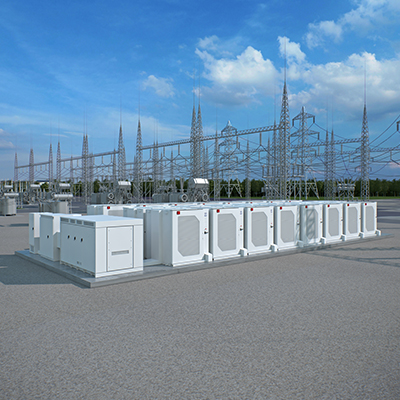
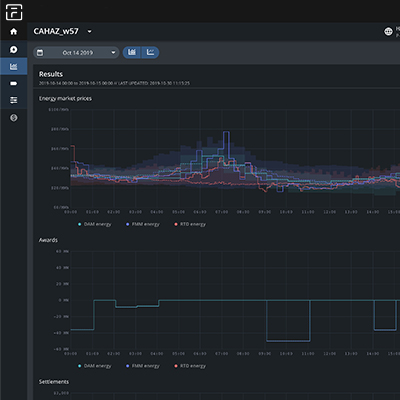
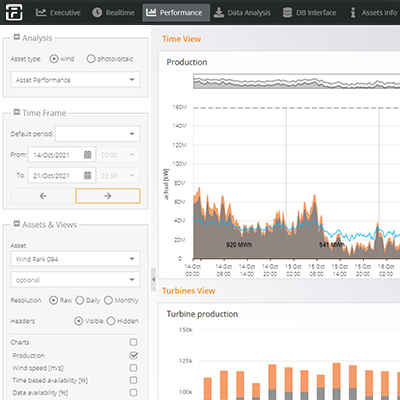
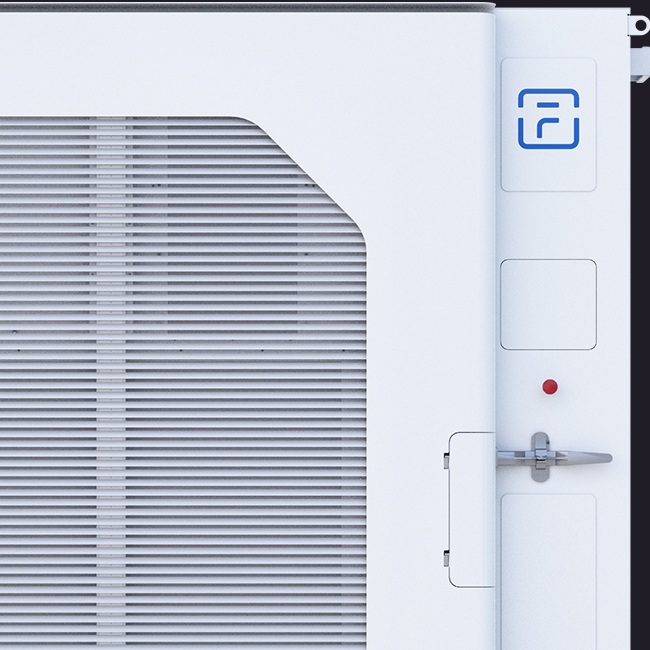
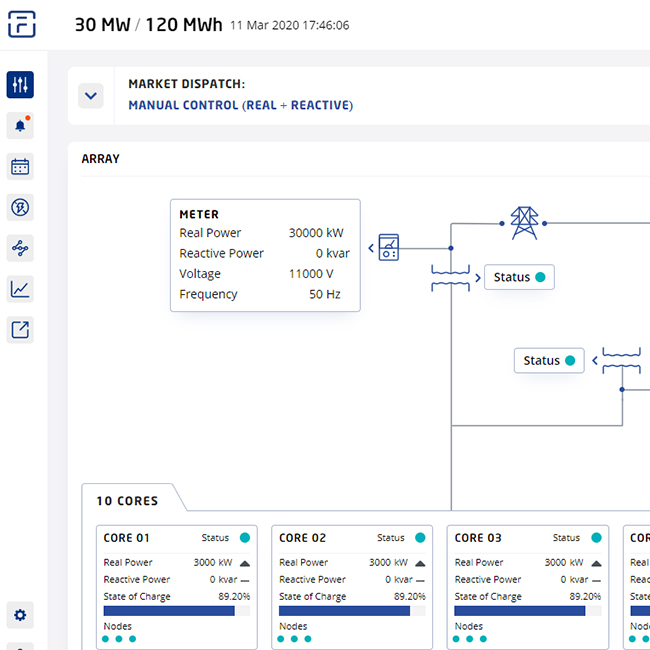
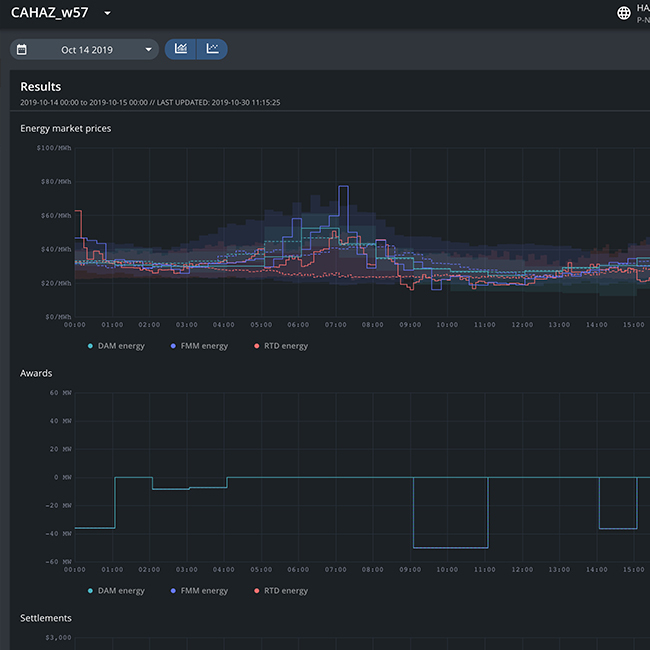
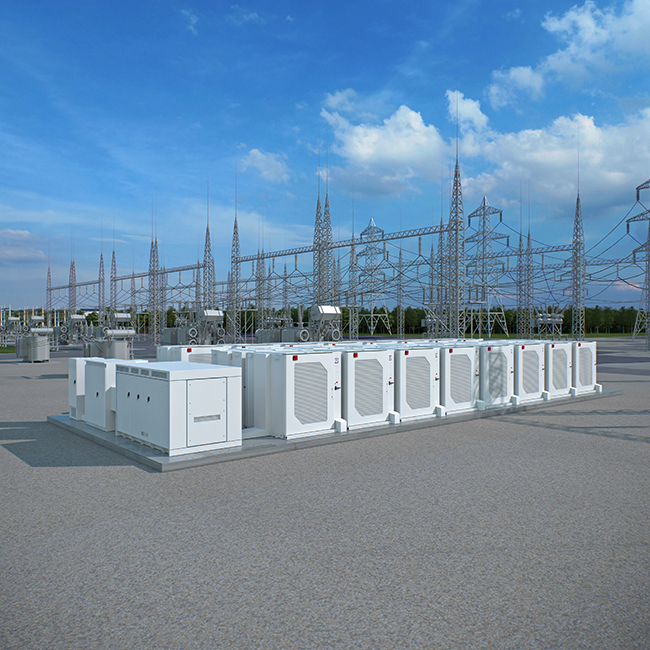
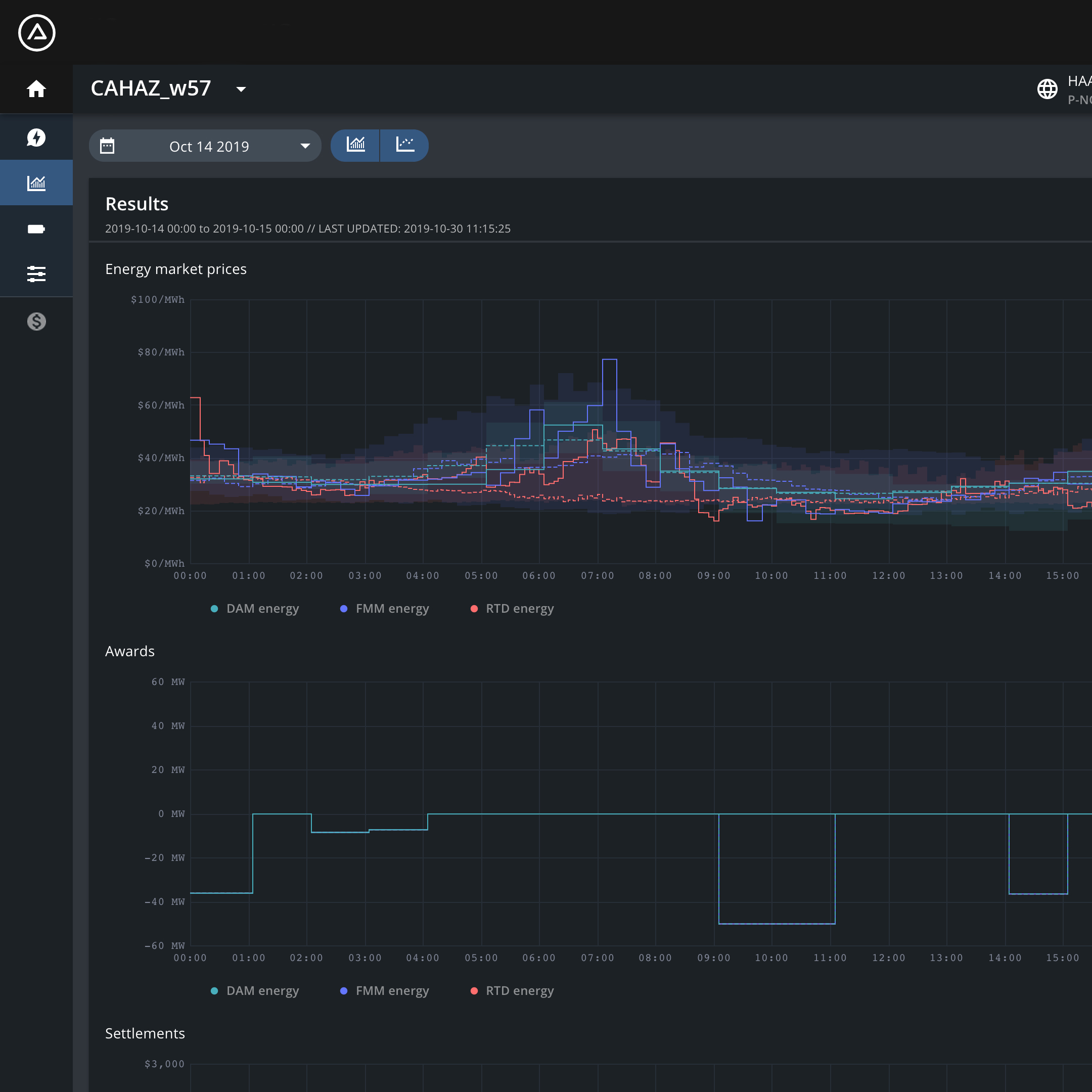
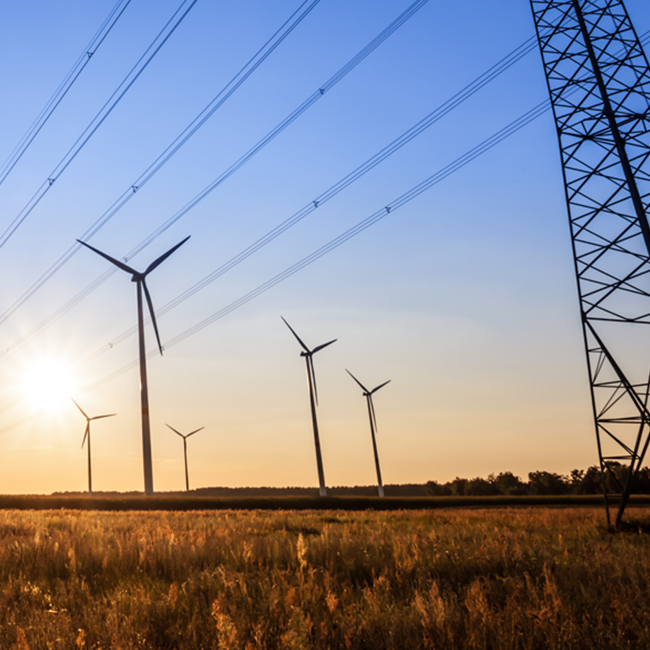
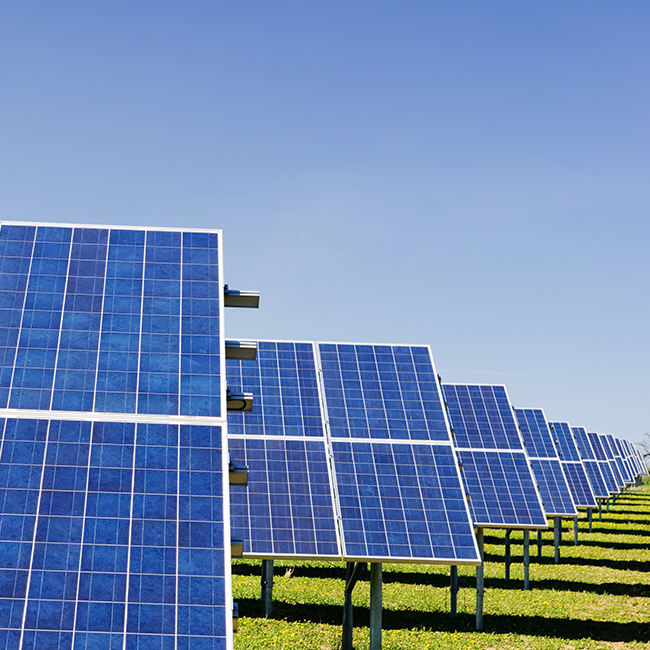
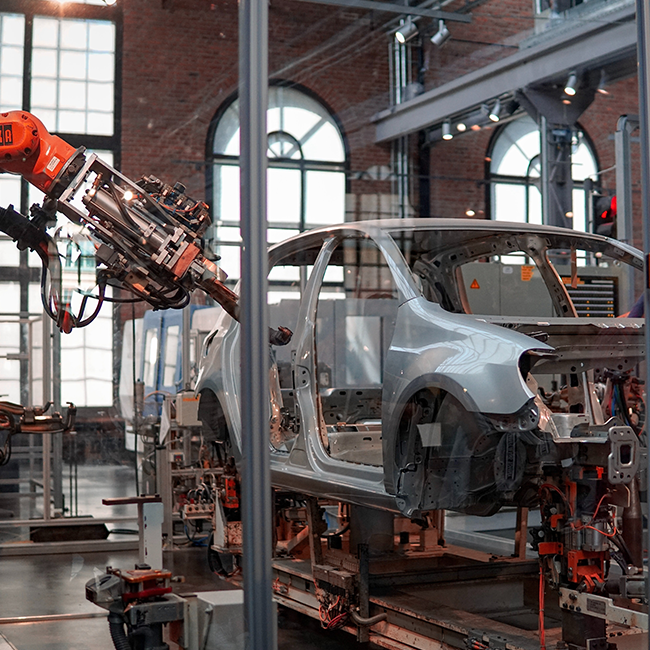
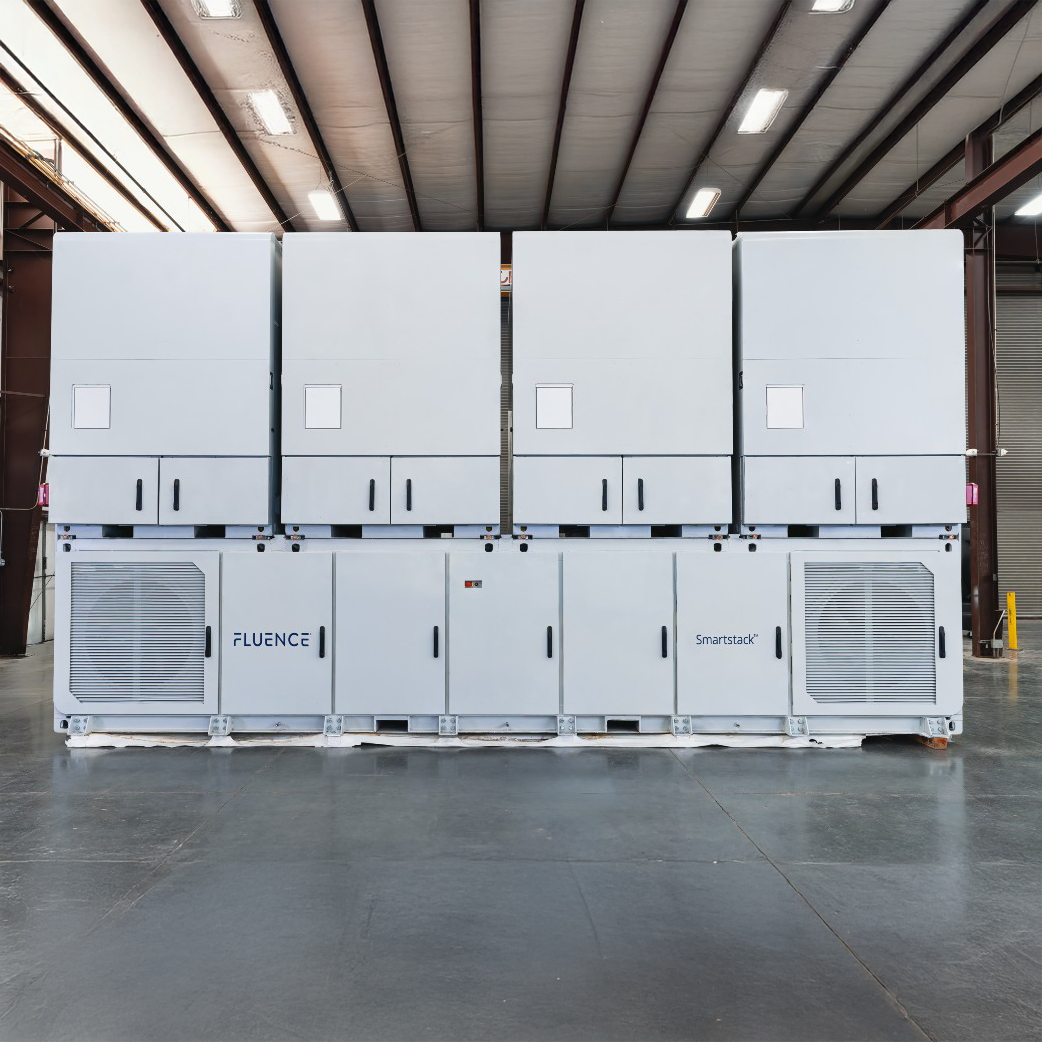
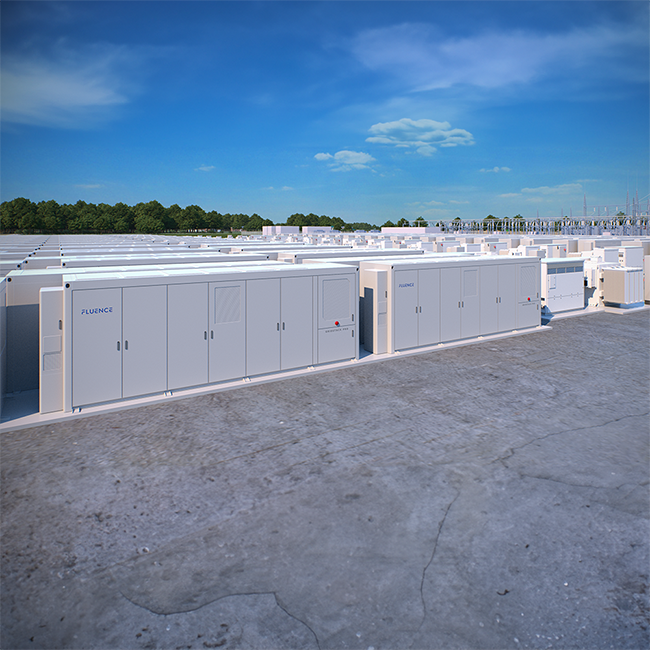
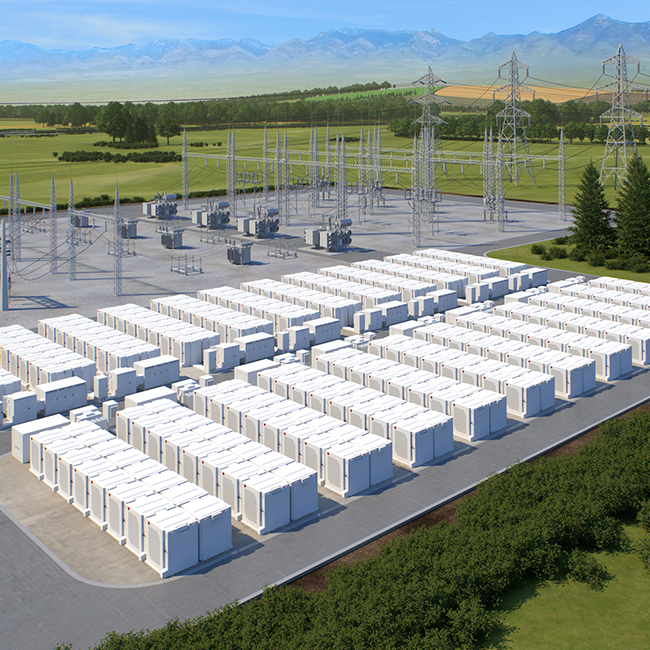
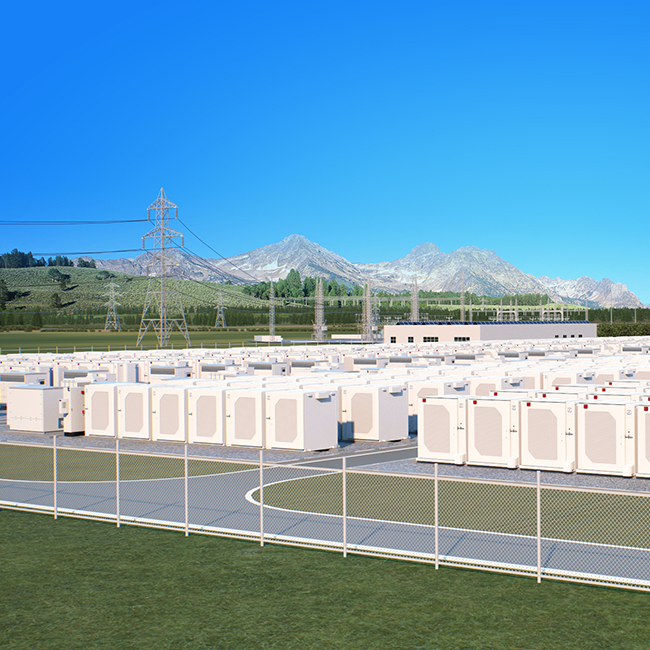
 Three scenarios showing the low-, mid-, and upper-range estimates of demand, based on analysis of AI adoption trends; growth in shipments of different types of chips (application-specific integrated circuits, graphics, processing units, etc.) and associated power consumption; and the typical compute, storage, and networks needs of AI workloads. Demand is measured by power consumption to reflect the number of servers a facility can house. Source: McKinsey Data Center Demand model
Three scenarios showing the low-, mid-, and upper-range estimates of demand, based on analysis of AI adoption trends; growth in shipments of different types of chips (application-specific integrated circuits, graphics, processing units, etc.) and associated power consumption; and the typical compute, storage, and networks needs of AI workloads. Demand is measured by power consumption to reflect the number of servers a facility can house. Source: McKinsey Data Center Demand model


